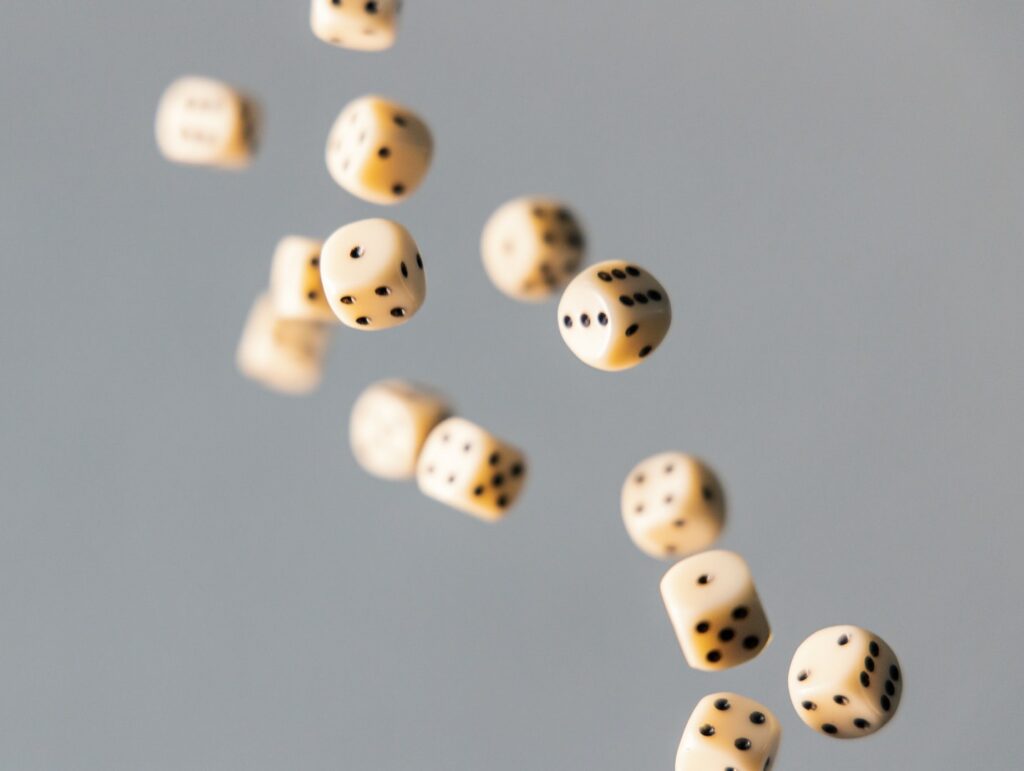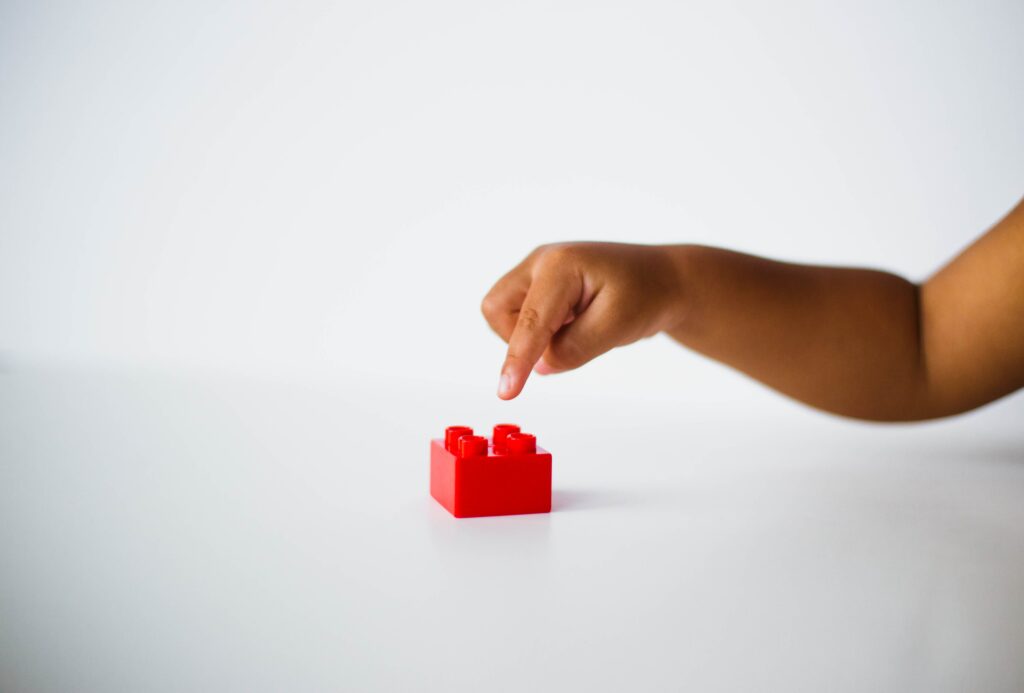Most children find mathematics interesting and encouraging their interest is simpler than you think, as mathematics is a big part of everyday life. In this article, we are offering you some ideas, how to create a playful link between mathematics and daily routine.

At home:
Cook and bake together: get to know and compare measures, quantity and weight.
Lay the table: How many plates do we need for the whole family? And cutlery? How many prongs does the fork have? How many prongs are there on the table now?
How many Smarties are in the packaging? If I take five – how many are left? If you want to share the remaining chocolate sweets with your friend – how many of them would each of you have? How many Smarties should we use to decorate the cake so everyone gets one? How many Smarties are yellow, green and/or blue?
For the dessert, there are 2 Muffins left, but we are four family members – what will you do?
Tidying: Who has collected 20 Legos first? Who finds the most blue Lego blocks?
How many flowers do you need to water? Which container will you take so you have enough water for all the plants?

On the way to places:
How many steps do you need to take before you arrive at the bakery?
How many steps do you need to take from the house door to your room?
If a tunnel is x meters long, this means that an adult man needs to walk x steps. If a child needs to take the double amount of steps, how many steps do you need to walk to cross the tunnel?
If you start playing with the number plates of cars, whilst out for a drive, your journey will feel shorter and your children will become more familiar with numbers. You can order (according to their greatness) the first numbers of the plaques or do sums, the variety is large.

Board games/ dices games:
Take some time to play board and parlour games with your children. When could a child learn to use numbers better? Also, this would help your child get used to dice numbers without always needing to count them. At the same time, the winning and losing abilities will be exercised.

Lego:
Lego improves spatial-visual thinking and is at the same time a colourful mathematical game.
The children could…
Tower building exercises 1×1: for example 3×3= 3 red, 3 white and 3 blue Legos put onto each other create all together 9 bricks.
Sums/Subtractions: 4 yellow and 2 orange bricks create a tower of how many bricks?
Build a Lego street and count backwards/forwards with a Lego figure.
Fractions: Plugin some fractions in different colours in square areas from Lego bricks and create quantity cards.
Children can learn to recognise quantity cards from everyday life, so they do not need to count them every time. You can help your child with simple questions:
- How many dots are on the dice can you see without counting them?
- How many fingers does one hand have?
- How many legs does the table have?
- How many wheels does a bike/car have?
- Invent mathematical stories
- Does your child like riddles? You could invent your own simple math-related stories to play with your child.
The 20 children from a nursery are sitting at 5 tables to have an afternoon snack. How many children are sitting per table, considering that there are the same amount of children per table?
Do you have your own ideas that you have used to make maths more playful? Please share them with us on Facebook or by commenting!
We wish your family fun during the relaxed discovery of mathematics!